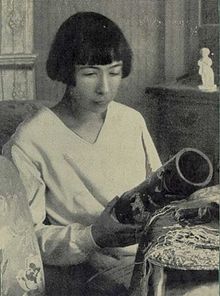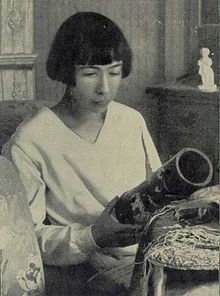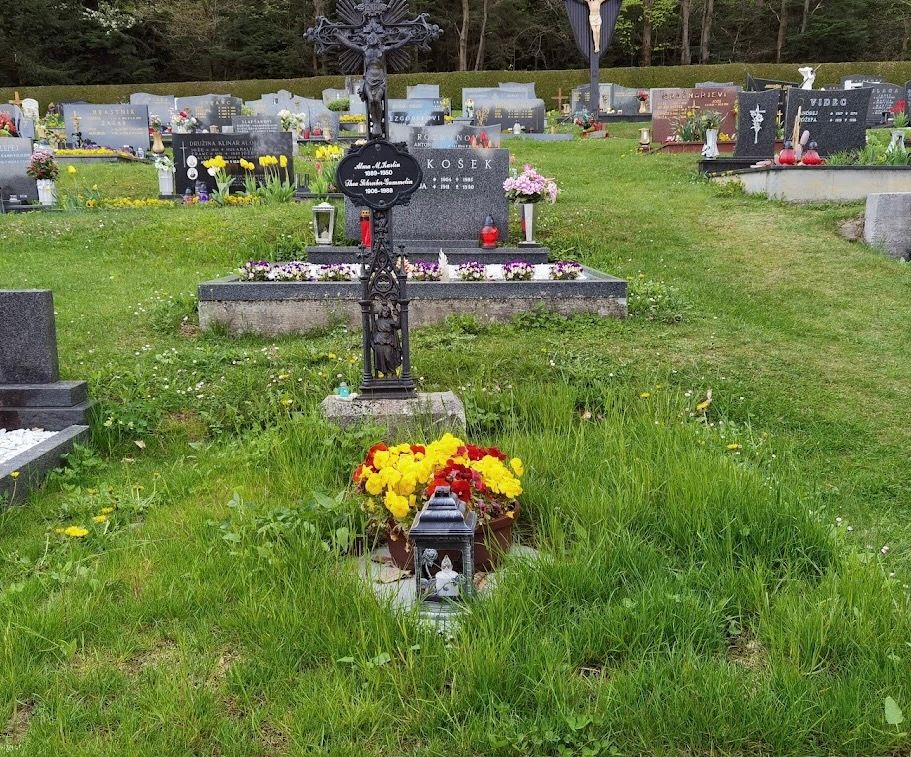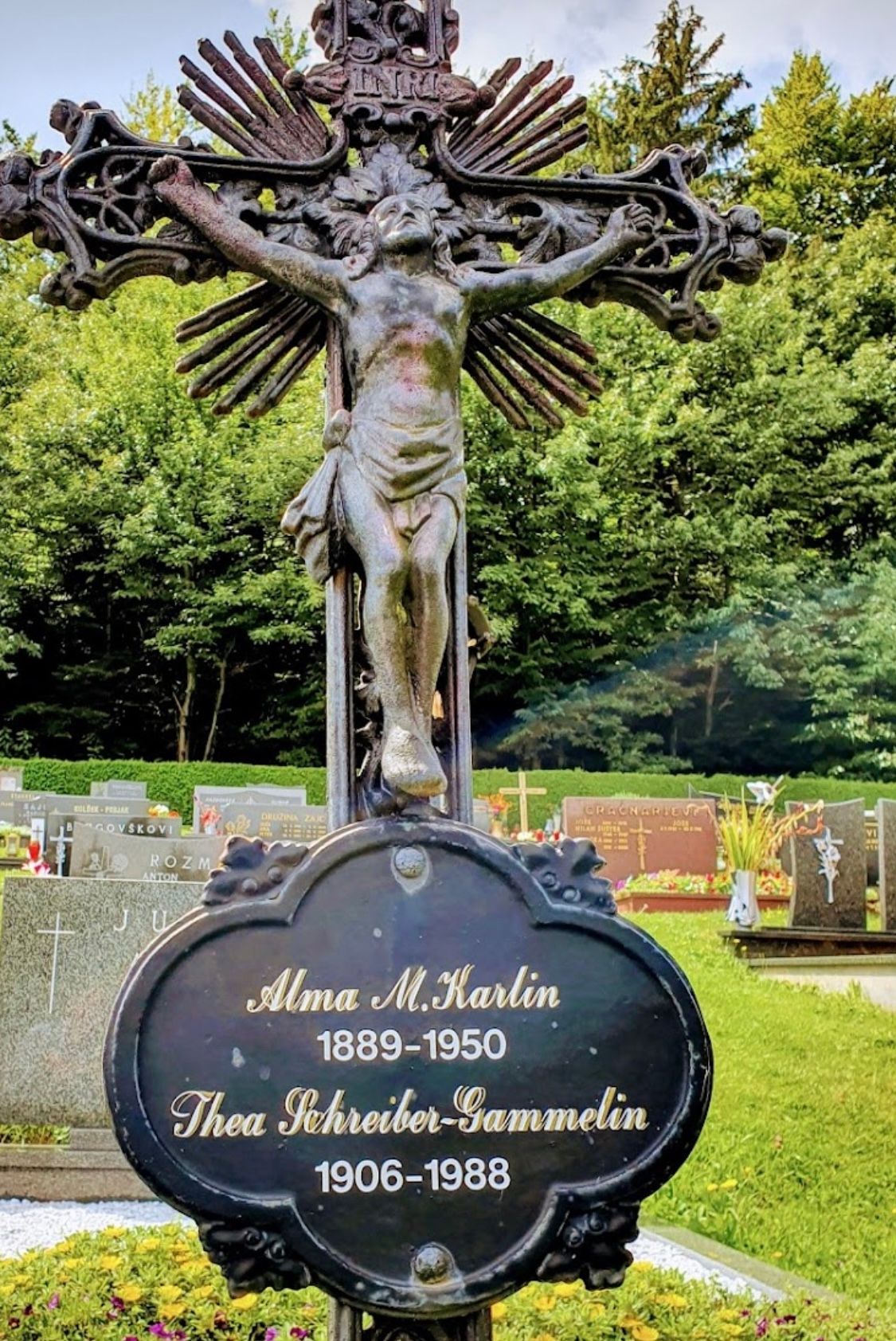Alma’s work had been forgotten till the 1960s when ethnologists began to study her collections. Nowadays Alma Karlin inspires artists, feminists, historians as well as the inhabitants of Celje and the general public.
Alma Karlin and Thea Schreiber Gammelin are buried together at the church’s courtyard at Svetina. The parish church is dedicated to the Mother of God and belongs to the Roman Catholic Diocese of Celje. It predates its earliest mention in written documents in 1480. Next to the church is a chapel dedicated to the Holy Cross. It dates to the late XV century, but was extensively rebuilt after a fire in 1714 that destroyed most of the village.
Alma’s work had been forgotten till the 1960s when ethnologists began to study her collections. Nowadays Alma Karlin inspires artists, feminists, historians as well as the inhabitants of Celje and the general public.
Alma Karlin and Thea Schreiber Gammelin are buried together at the church’s courtyard at Svetina. The parish church is dedicated to the Mother of God and belongs to the Roman Catholic Diocese of Celje. It predates its earliest mention in written documents in 1480. Next to the church is a chapel dedicated to the Holy Cross. It dates to the late XV century, but was extensively rebuilt after a fire in 1714 that destroyed most of the village.
Family Members
Sponsored by Ancestry
Advertisement
Records on Ancestry
Sponsored by Ancestry
Advertisement





